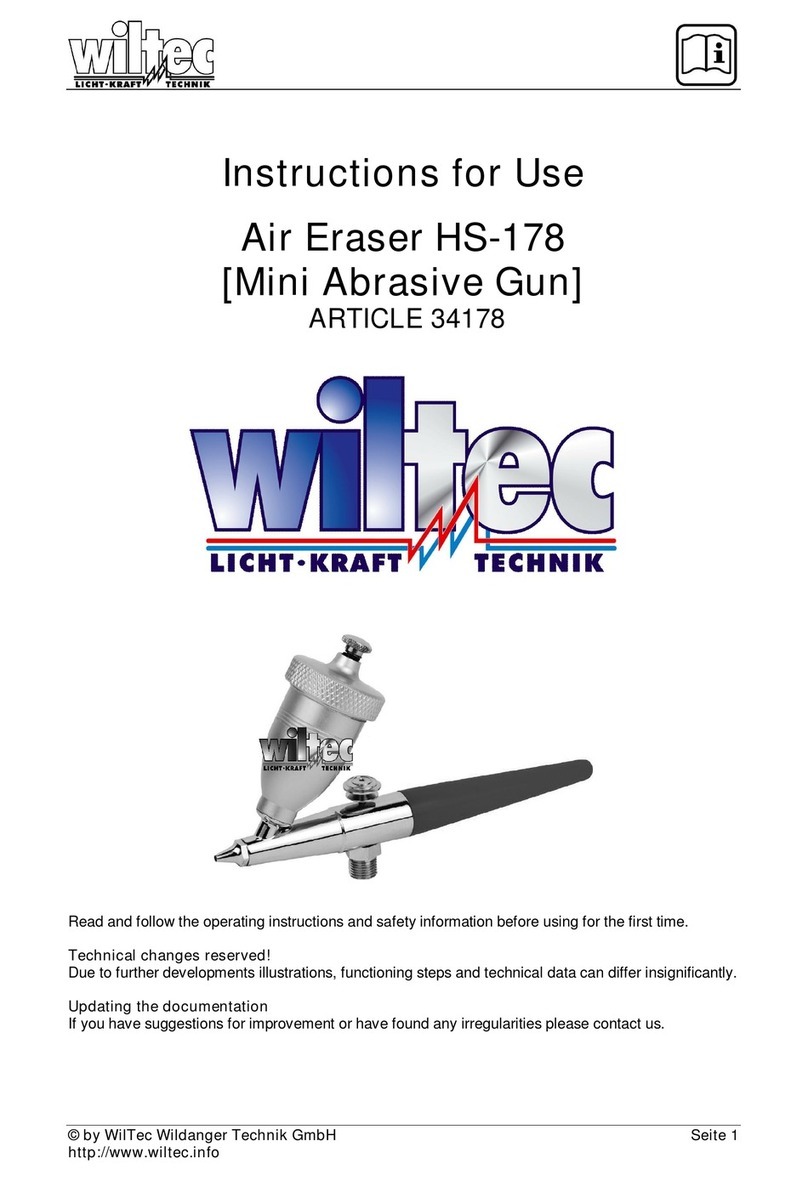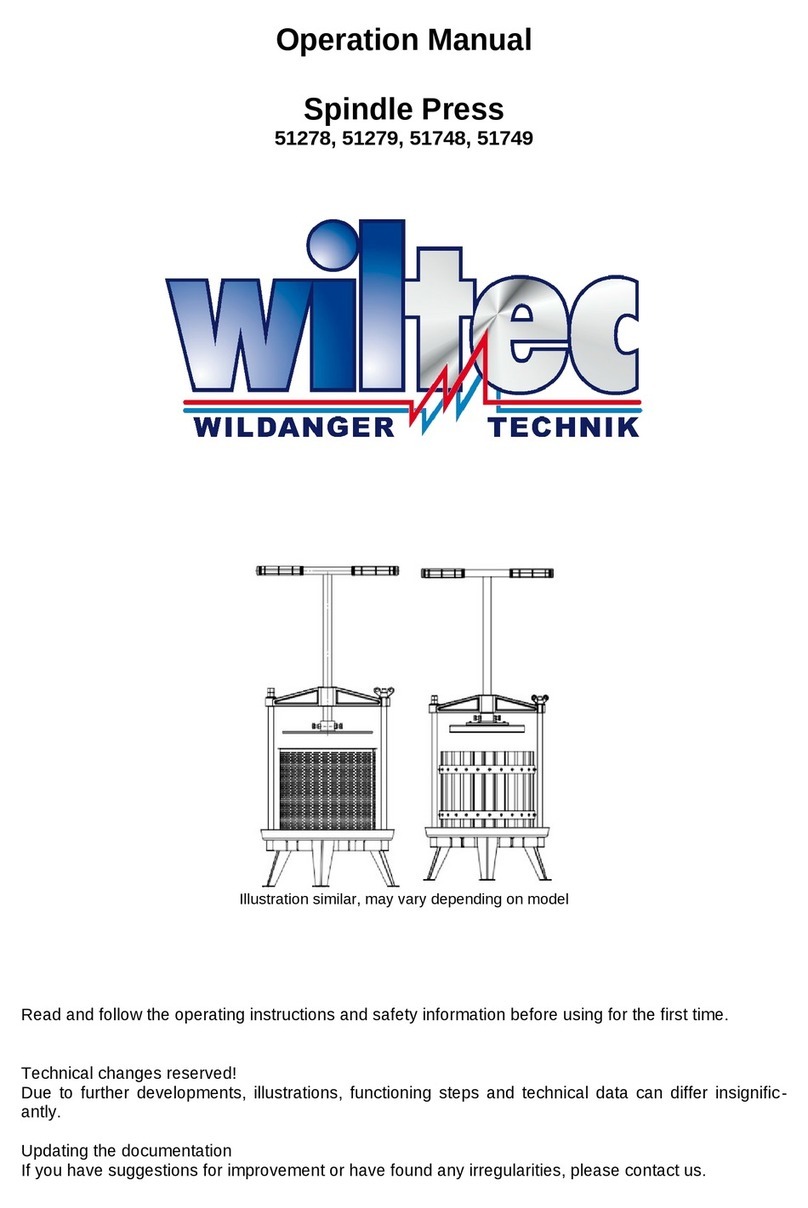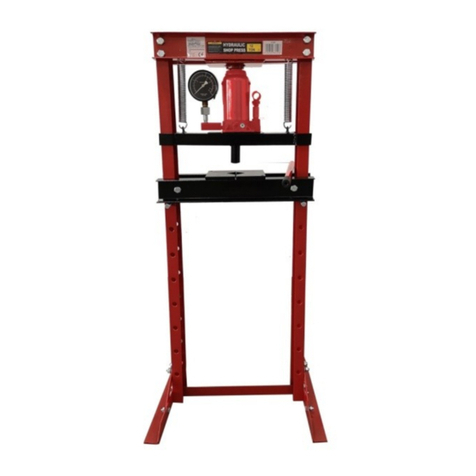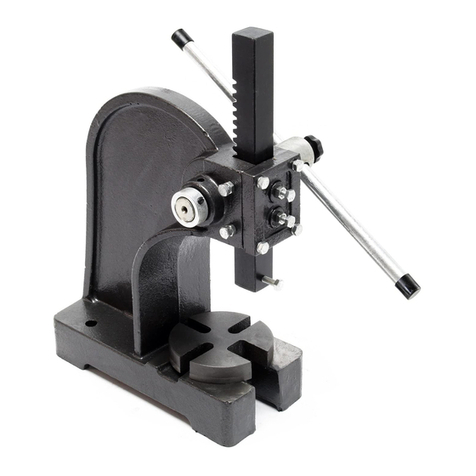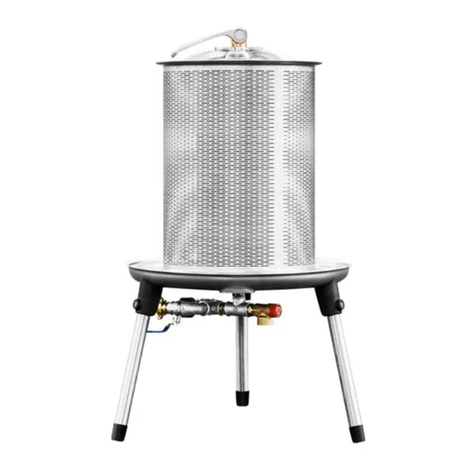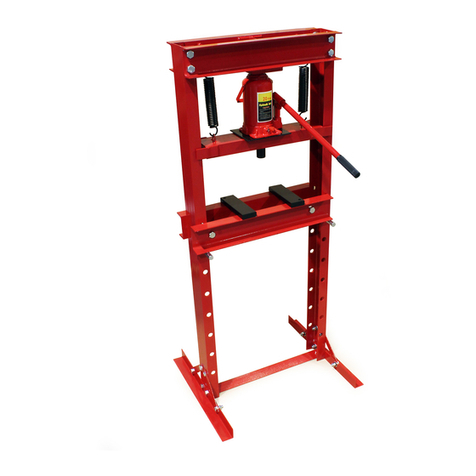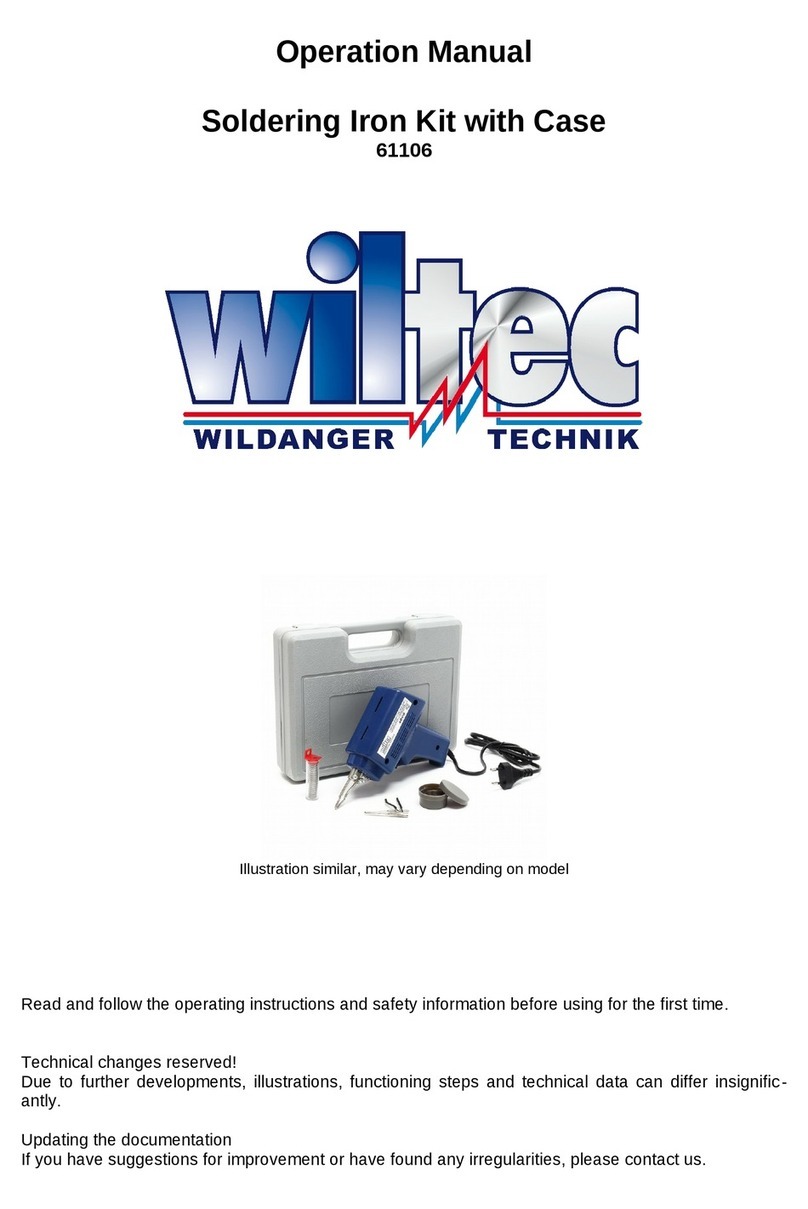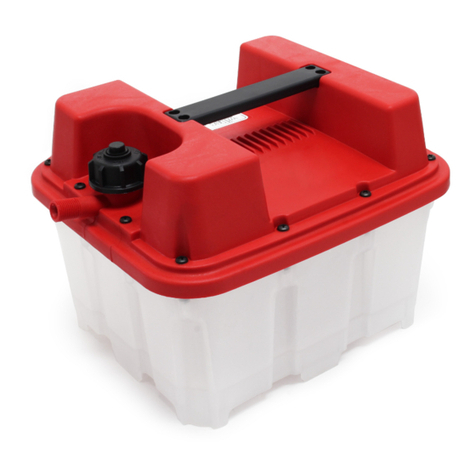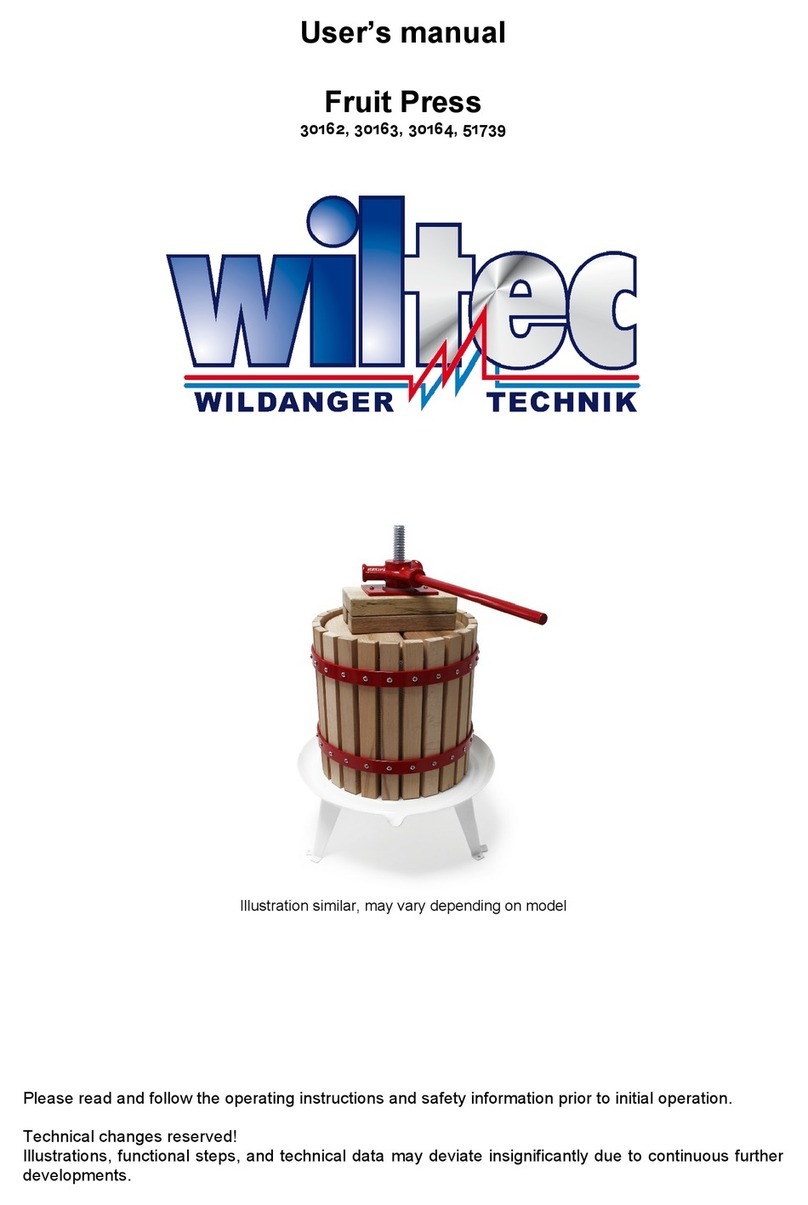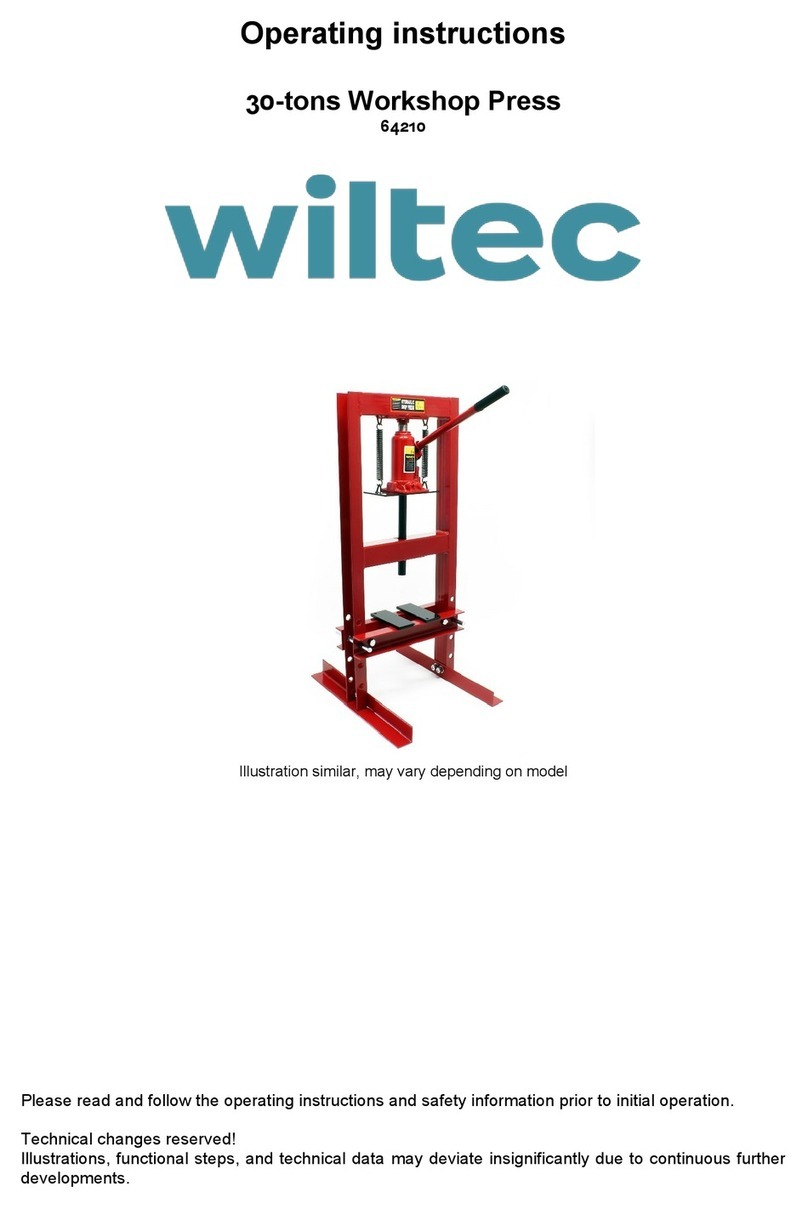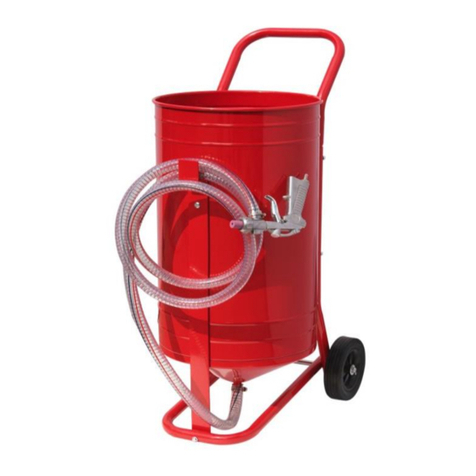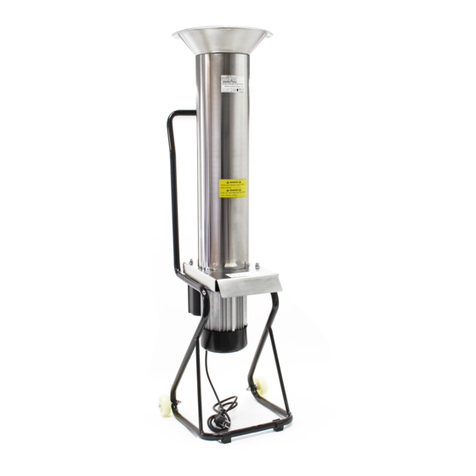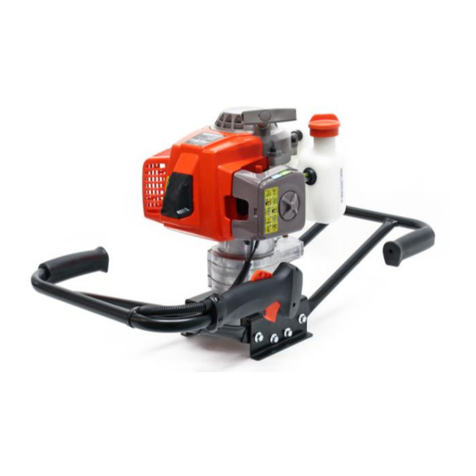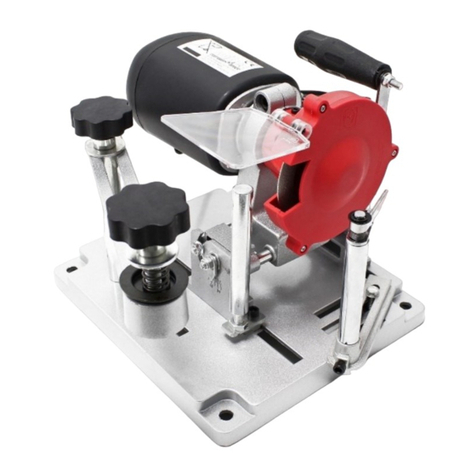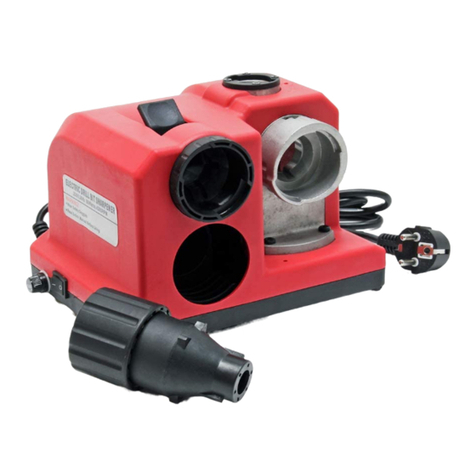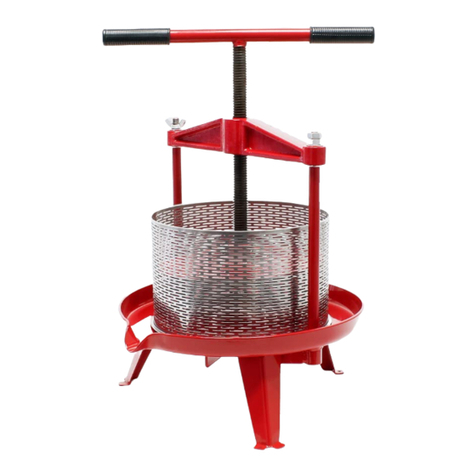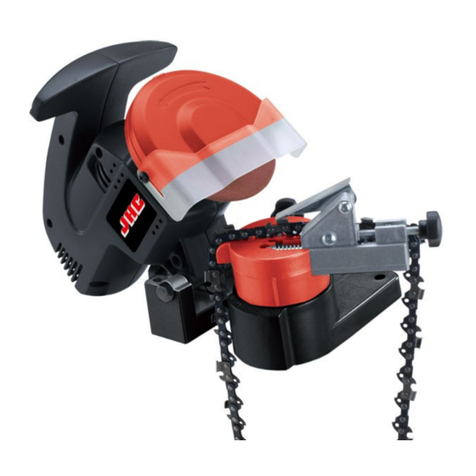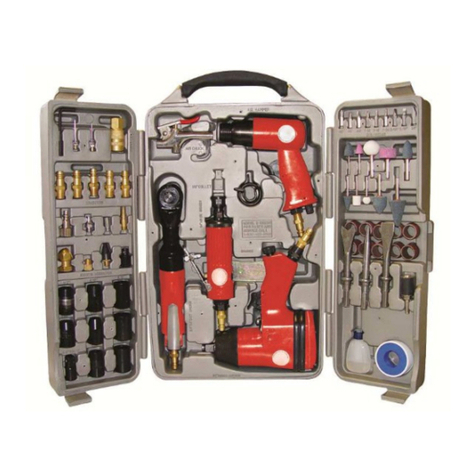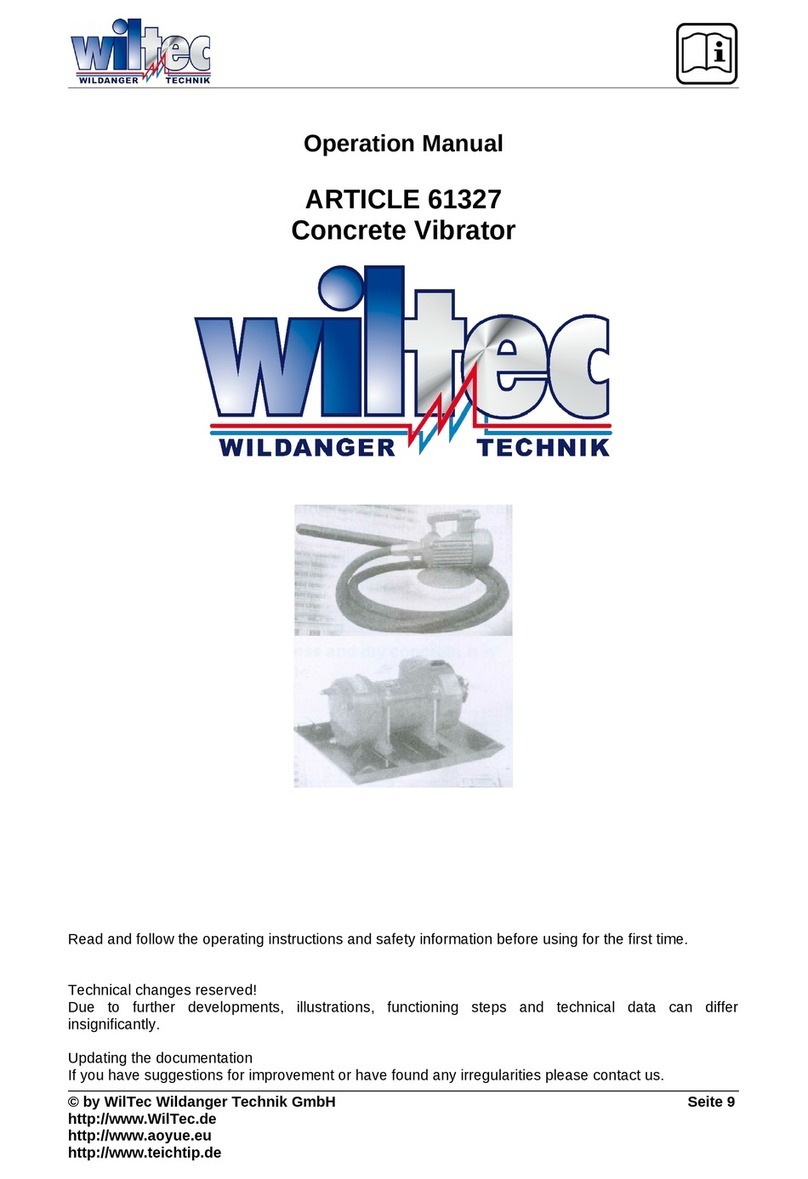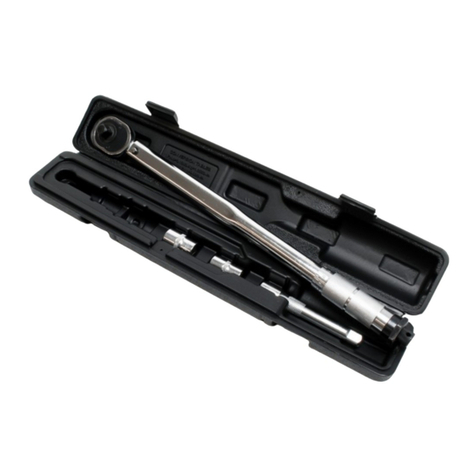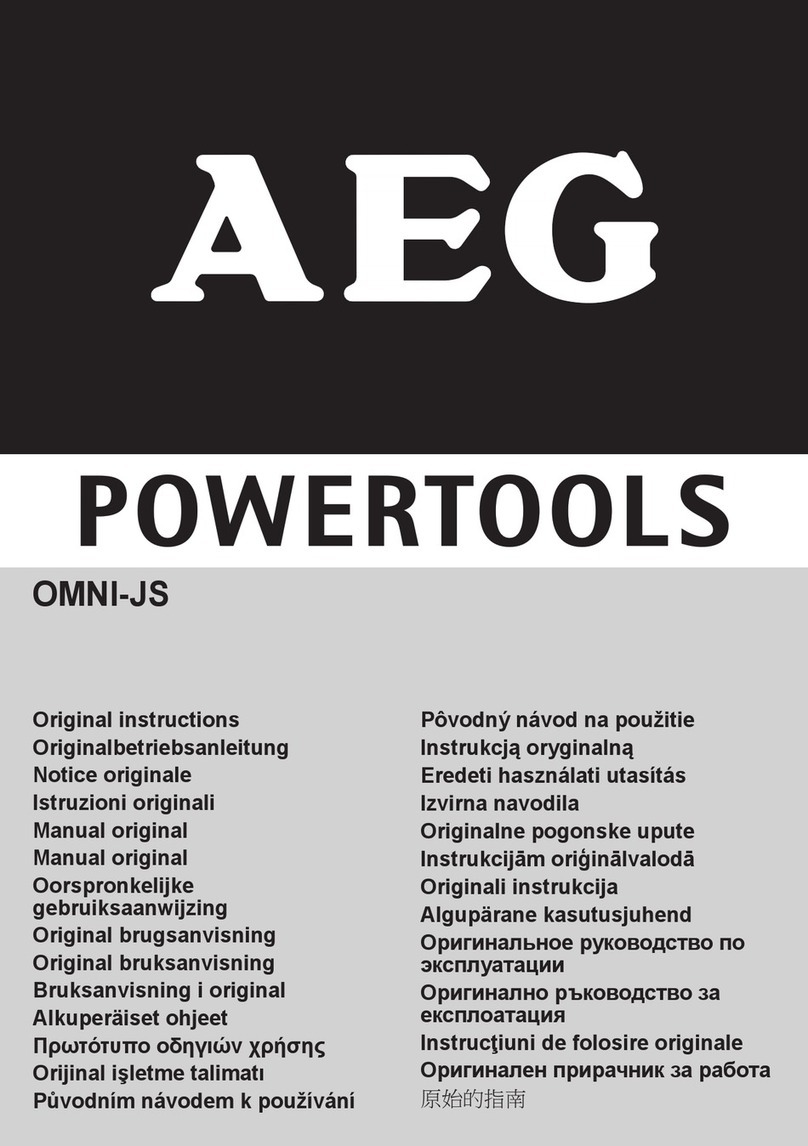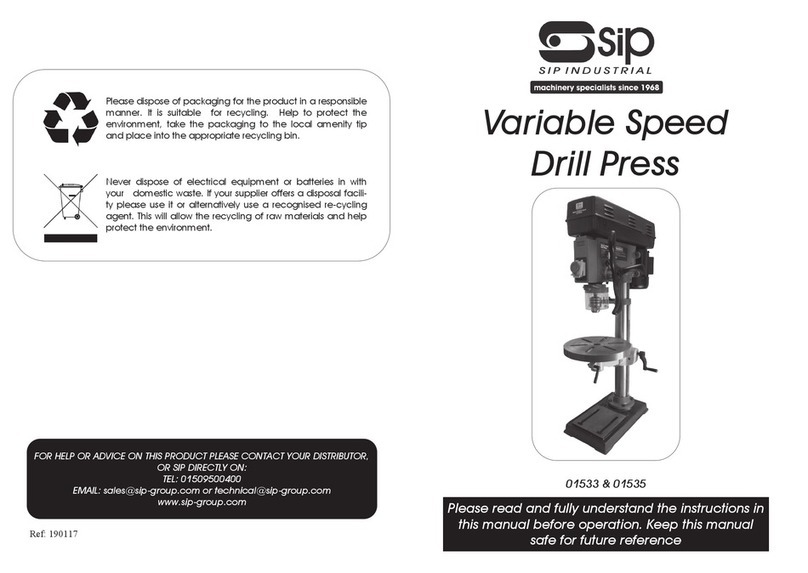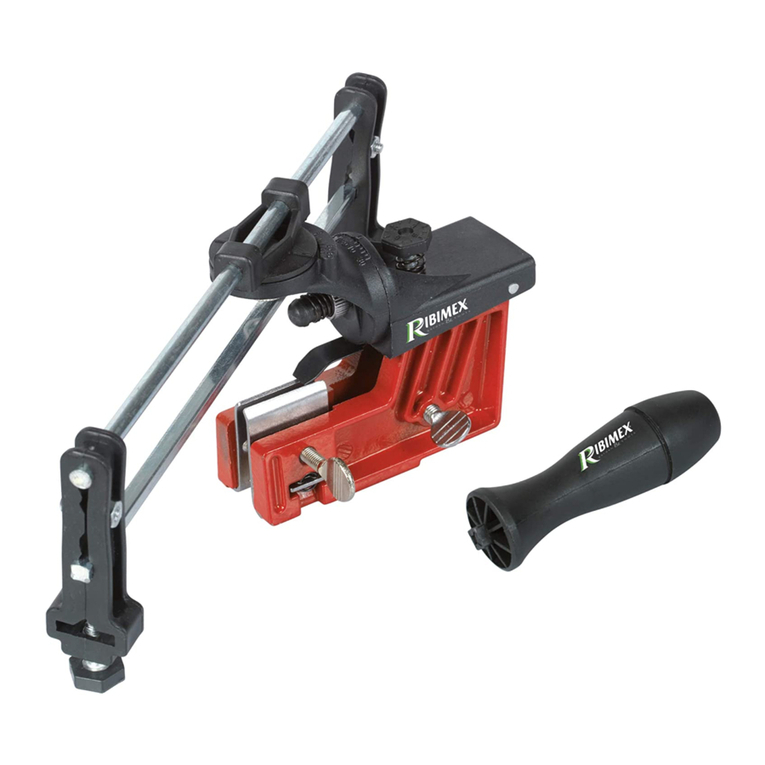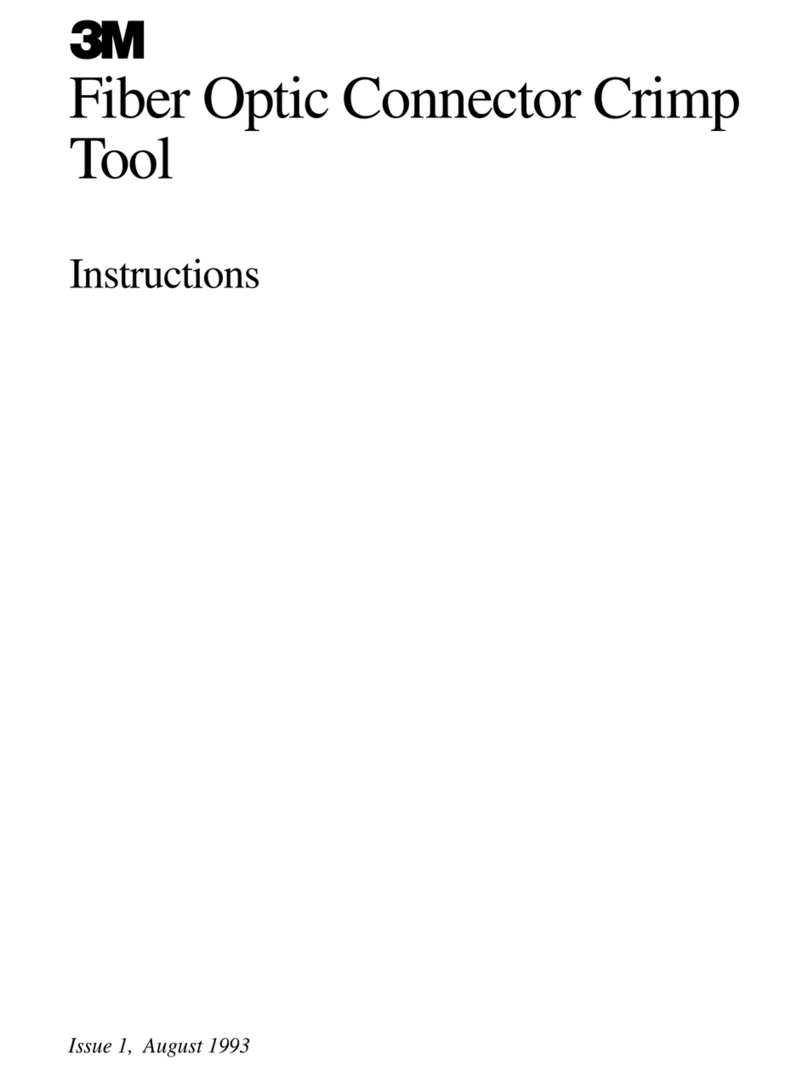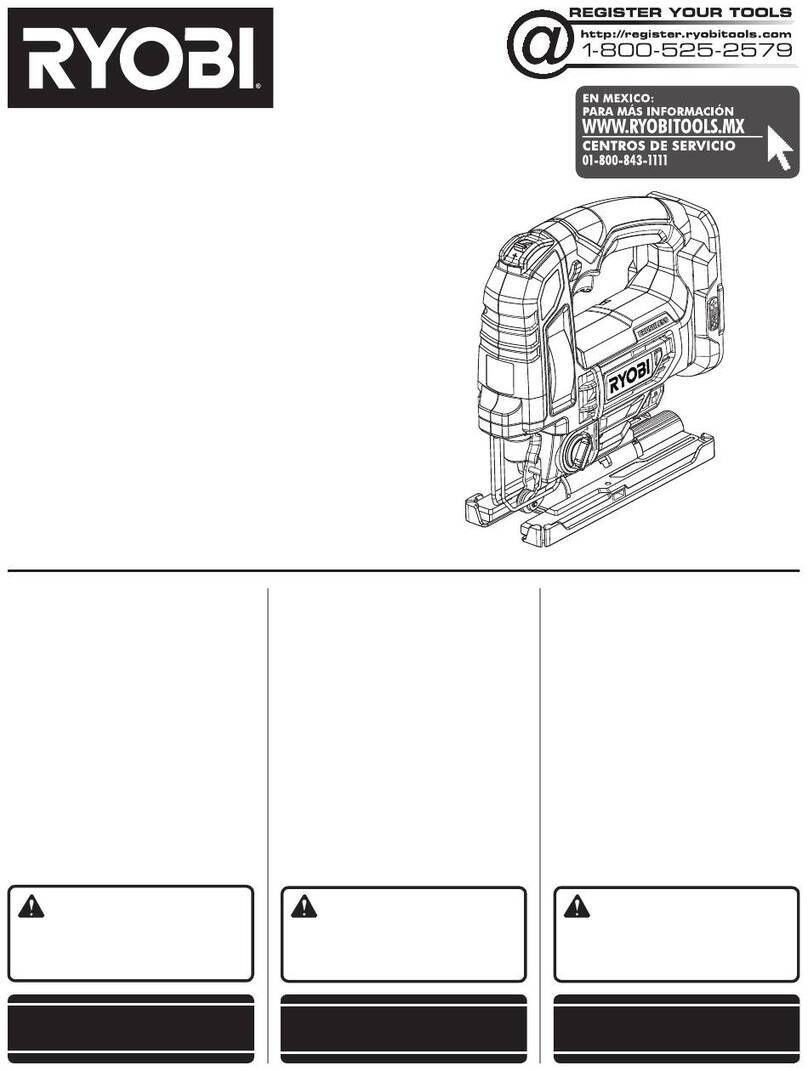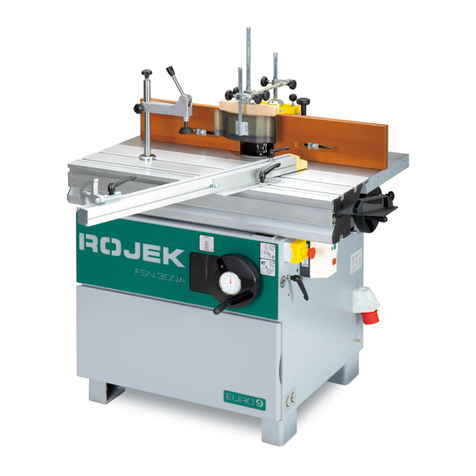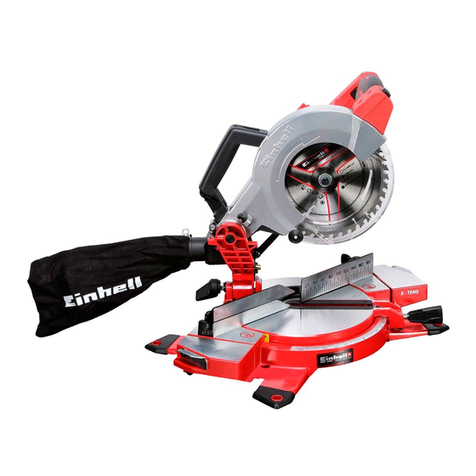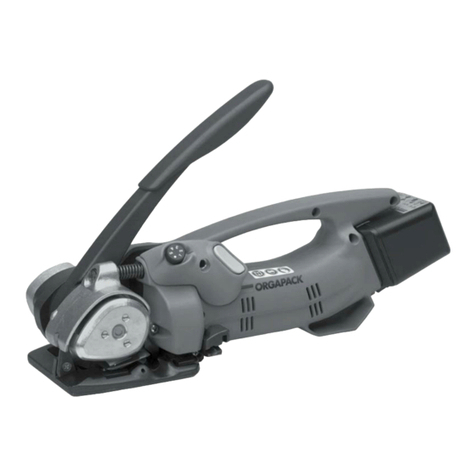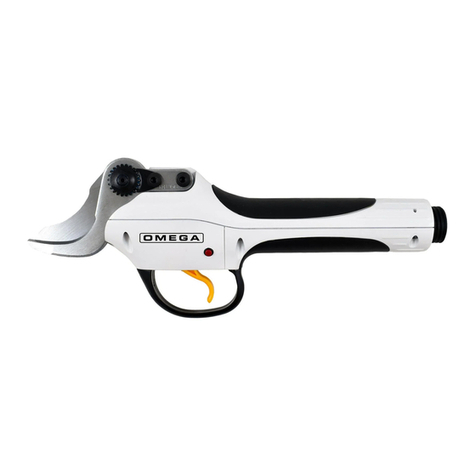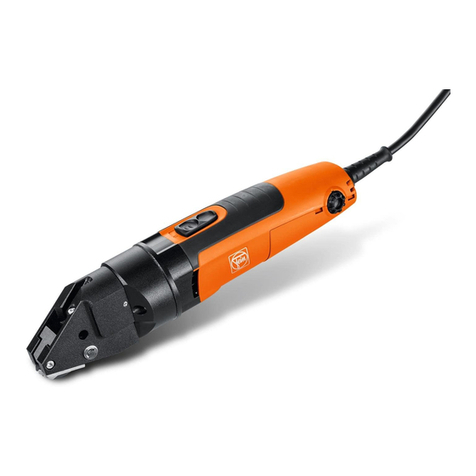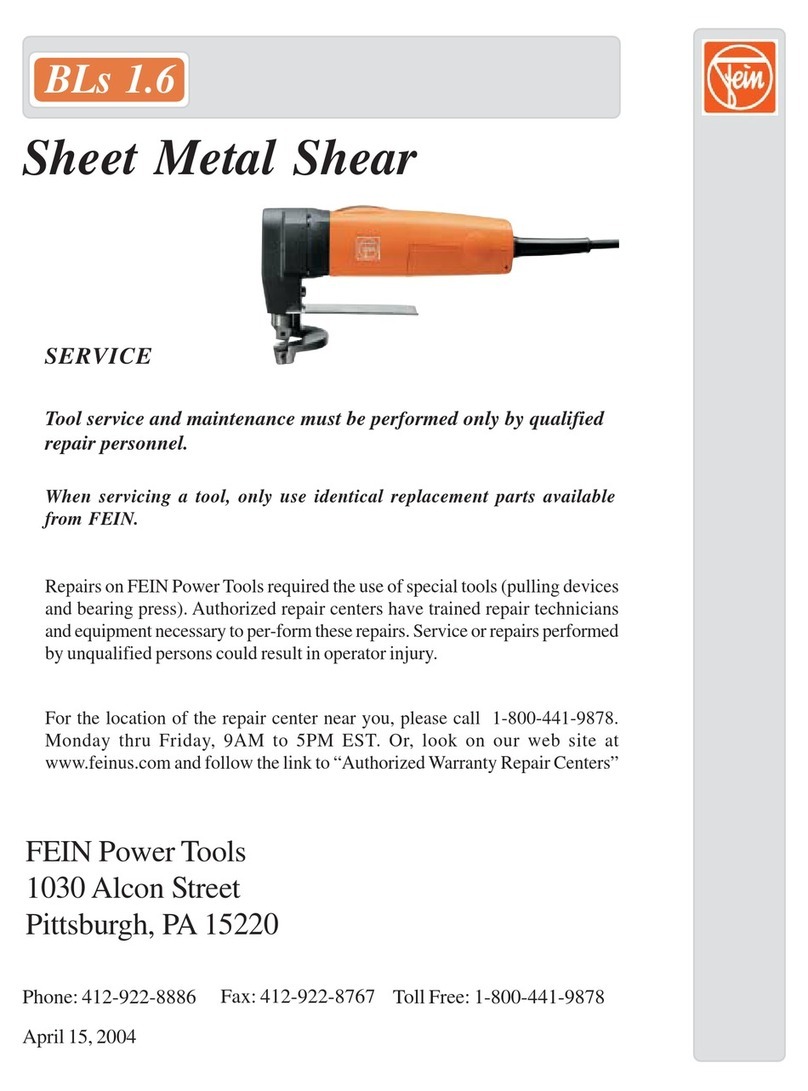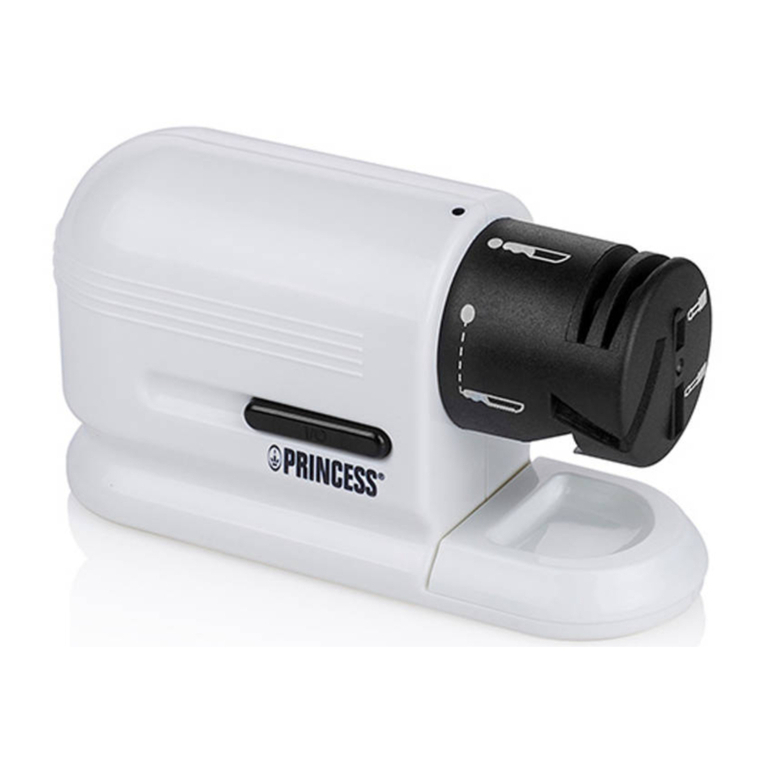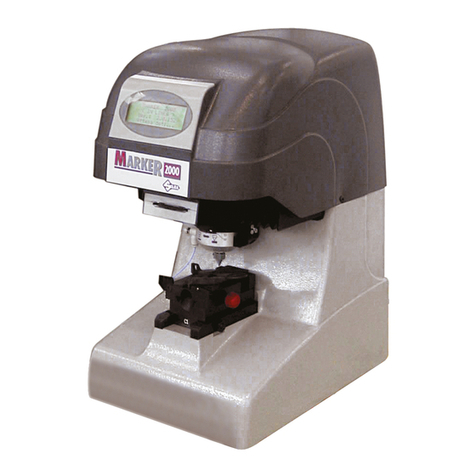© by WilTec Wildanger Technik GmbH Item 61134 Page 4
http://www.WilTec.de
http://www.aoyue.eu 05 2021-1
http://www.teichtip.de
•Check for misalignment or binding of moving parts, breakages and any other conditions that
may affect the tool in its operation and safety. Damaged tools must be repaired before using
them. Many accidents are caused by poorly maintained tools. There is a risk of bursting if the
tool is damaged.
•Store the tools in a secure place when not in use and keep them out of the reach of children
and other untrained persons. A tool is dangerous in the handy of untrained users.
•A work piece held by hand or against the body is unstable, which may lead to a loss of control.
•Keep the tool and its handle dry, clean and free from oil and grease. Always use a clean cloth
when cleaning it. Never use brake fluids, gasoline, petroleum-based products or any strong
solvents to clean your tool.
•Do not use the tool as hammer.
•Never use gasoline or flammable liquids to clean the tool. Never use the tool in the presence of
flammable liquids or gases. Vapours can be ignited by a spark and cause an explosion that will
result in death or serious personal injury.
•Do not remove or manipulate the trigger. Never cause the trigger lock to become inoperable.
Do not operate any tool which has been modified in any way. Serious personal injury or even
death can be the result.
•Never use the tool if the switch does not work. Any tool that cannot be controlled by the switch
is dangerous and must be repaired before using it again.
•Always fit the tool with a fitting or hose coupling on or near the tool so that all compressed air is
discharged at the same time when the fitting or hose coupling is disconnected. Do not use a
check valve or any other fitting that allows the air to remain within the tool. Serious personal
injury or even death might be the result.
•Never carry the tool by the air hose or pull the hose to move the tool away from a compressor.
Keep hoses away from heat, oil and sharp edges. Replace any hose that is damaged, weak or
worn. Otherwise this might result in personal injury or damage to the tool.
•Do not drop or throw the tool. Dropping or throwing the tool can result in damage that will make
the tool unusable or unsafe. If the tool has been dropped or thrown, examine it closely for bent,
cracked or broken parts or any air leaks. If the tool has any damages, it must be repaired before
being used again to avoid taking serious injuries.
•Clean and check all air supply hoses and fittings before connecting the tool to an air supply.
Replace any damaged or worn hoses or fittings. This will reduce tool performance or its dura-
bility.
•Do not use the tool if it leaks air or does not function properly.
•Do not operate the tool if it does not contain a legible warning label.
Safety of tool service
•Use only accessories that are allowed by the manufacturer.
•When servicing a tool, only use original spare parts.
•Only use supplied lubricants specified by the manufacturer.
•Tool service must only be performed by the manufacturer or an authorized service partner.
Safety of operation
•The amount of actual torque may vary depending on the cleanliness and condition of threads
and other factors.
•The warnings and precautions discussed in this manual cannot cover all possible conditions
and situations that may occur. Always be aware and cautious while working with the tool.
•Only use it with accessories that are rated to handle the forces exerted by this tool during oper-
ation. Other accessories which are not designed for the generated forces may break and force-
fully launch pieces.
•Attach all accessories properly to the tool before connecting the air supply. A loose accessory
may detach or break during operation.
•Obey the manual for the air compressor used with this power tool.
•Install an in-line shut-off valve to allow immediate control over the air supply in an emergency,
even if a hose is ruptured.
